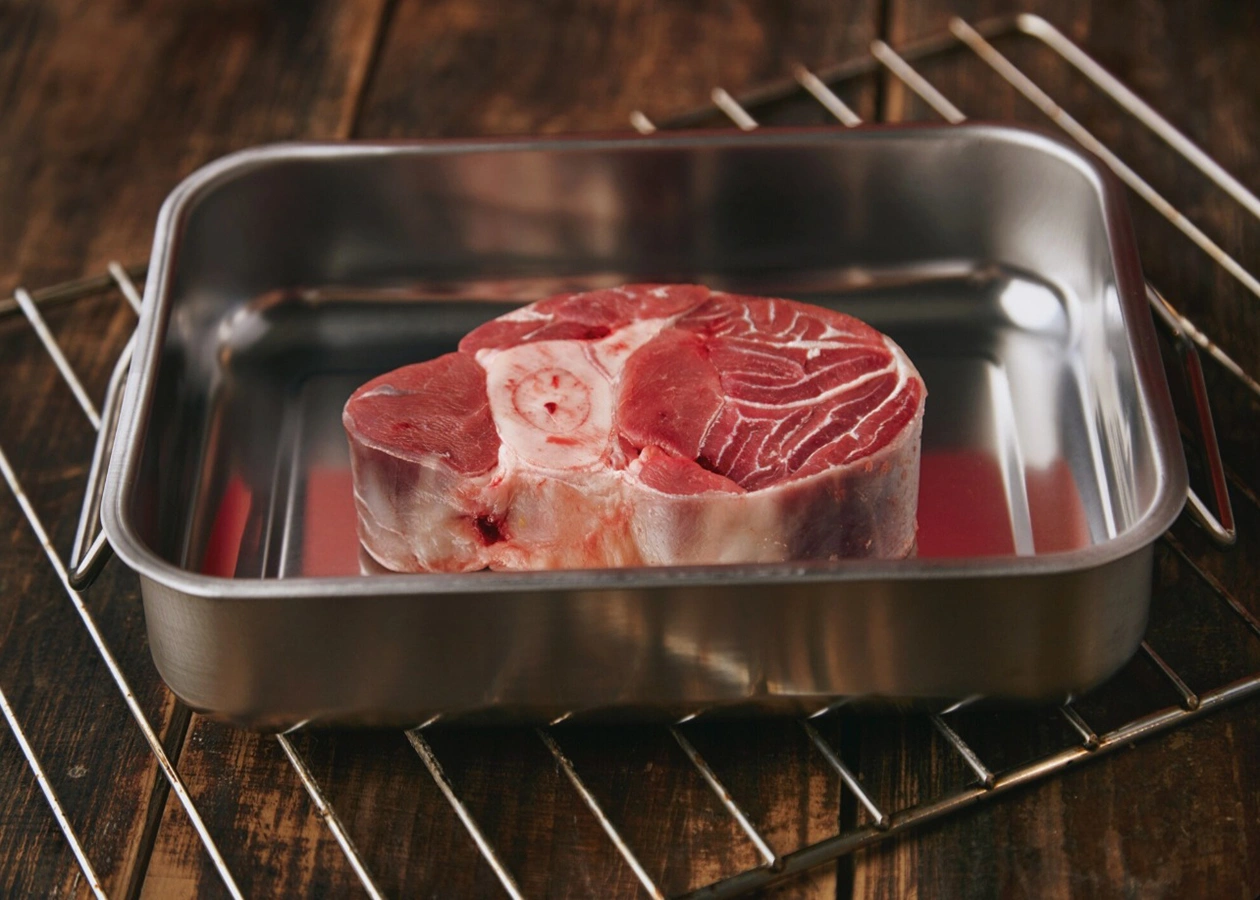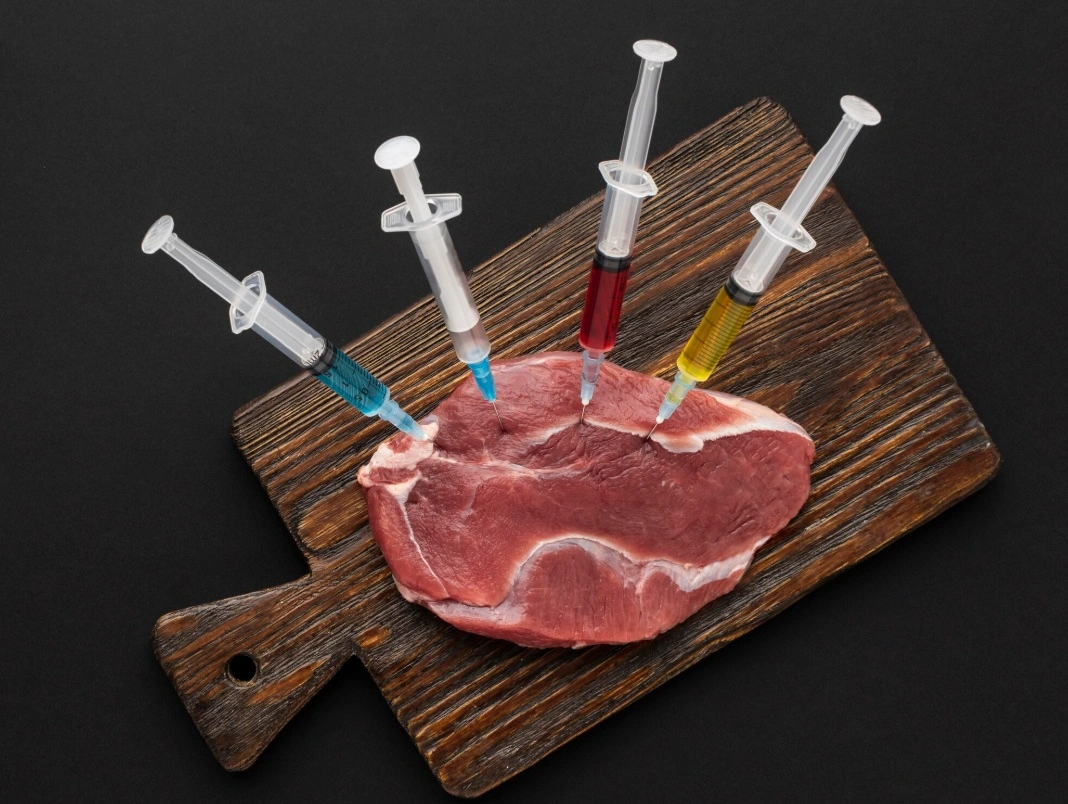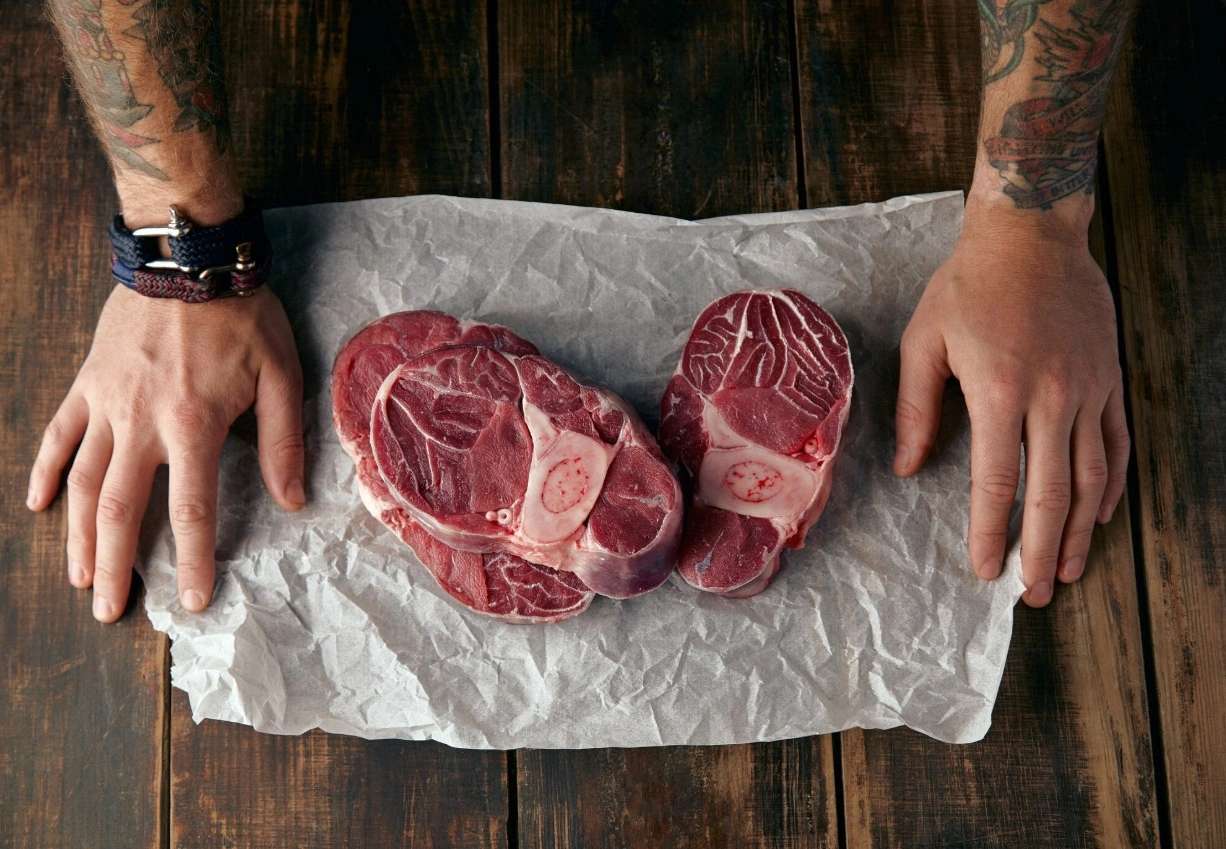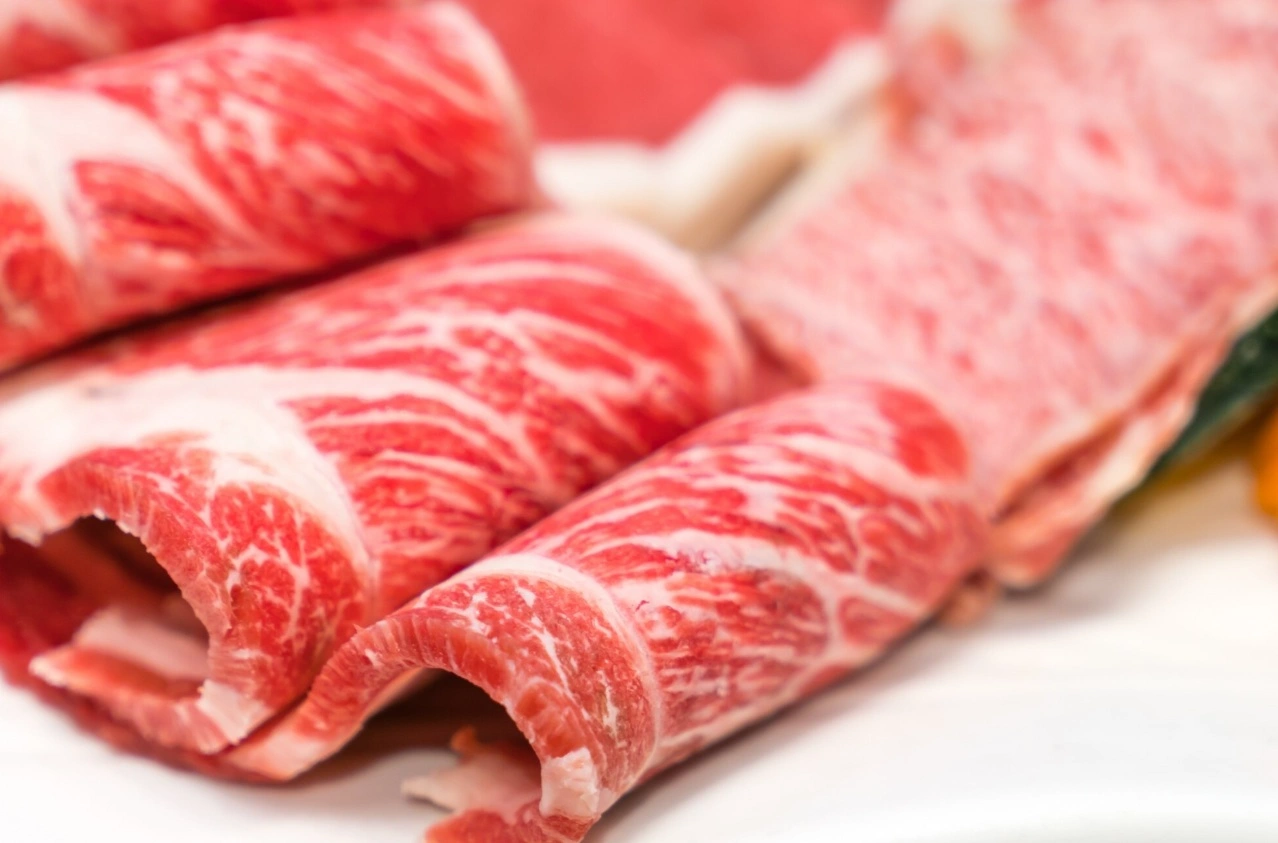
As Carnivore Dieters, we already understand the importance of eating grass-fed, nutrient-rich animal products. But we may be concerned about the impact of meat production on the environment and may prefer to eat lab-grown meat, aka cultivated or cell-based meat. It is claimed to be the future of food, with no slaughter, fewer emissions, and cleaner than farm-raised meat. But that is not completely true. Let’s learn why lab-grown meat is bad and what those on a Carnivore Diet should know about meat.
We know that grass-fed beef, lamb, pastured pork, wild game, and organ meats provide the nutrients the human body needs, including complete proteins, healthy fats, vitamins and minerals, and compounds like creatine, carnosine, and taurine that you won’t find in plants.
However, many of those who care about the environment are worried about meat consumption and raising cattle for meat, which can harm the environment.
To help save the environment, scientists have created what is known as lab-grown meat. But unfortunately, the reality of lab-grown meat is far from marketing claims.
Lab-grown meat is a highly engineered, ultra-processed imitation that can’t provide the nutrition or sustainability of real animal foods.
It may even harm your health, damage the environment more than traditional livestock, and give the monopoly of food control to a few powerful corporations.
If you really care about the environment and want to follow the Carnivore Diet and eat quality foods, you must know the facts about nutrient density, bioavailability, and the ancestral wisdom behind Carnivore eating.
So, let’s uncover some environmental myths and learn why lab-grown meat is bad, especially for those who follow a meat-based diet like Carnivore and Keto.
Learn More: 15 Amazing Carnivore Diet Recipes You Haven’t Tested Before
Lab-grown meat is sold as a climate-friendly miracle. But its full life-cycle analysis tells a different story. Let’s see why lab-grown meat is bad for the environment.
A 2023 UC Davis study found that producing lab-grown meat with pharmaceutical-grade growth media could create up to 25 times more CO₂ than raising cattle [1] [2].
Also, purifying amino acids and growth factors for sterile cell culture requires extremely expensive and special resources [3] [4].
So, practically speaking, making lab-grown meat produces high levels of harmful gases, and producers do not clean the harmful emissions due to various reasons.
Producing lab-grown meat requires high levels of energy to carry out different processes, including [5]:
If the electricity needed for these processes comes from fossil fuels, this erases most environmental benefits of growing meat in labs.
Learn More: 10 Approved Ways to Boost Carnivore Diet Weight Loss Results
One of the biggest issues that is usually overlooked about lab-grown meat is that its ingredients matter. While marketers love to say, “It’s just meat grown from cells,” those cells need a very precise, nutrient-rich growth medium to survive and multiply [6].
Producing that growth medium at an industrial scale needs a resource-heavy supply chain. There are three main ingredients to consider:

Cells can’t grow without amino acids, which are the building blocks of protein. In a lab, these don’t come from pasture-raised cattle or bone broth but are usually produced via industrial fermentation.
Special bacteria or yeast are engineered to create each amino acid. The process involves large fermenters, heat, electricity, chemical purification, and sterile packaging.
Each amino acid is produced separately, then mixed into the growth medium. This means that before you even grow the meat, you have already consumed a huge amount of energy, water, and industrial chemicals.
Growth factors in the medium are agents that make cells divide and grow. These growth factors are complex proteins that act like cellular instructions.
They are made by genetically modified E. coli, yeast, or other microbes, and are expensive and challenging to make in bulk because they must be ultra-pure, free from contamination, and made in sterile, high-tech facilities.
The purification step can be one of the most energy- and cost-intensive parts of the whole process.
Learn More: What Is a Low Oxalate Diet? Is Carnivore Low in Oxalates?
Microbes are another ingredient used in fermentation. They need sugars from corn, sugarcane, or wheat, which means you still need large-scale crop farming. Some amino acids and vitamins also require soy-derived compounds or synthetic chemicals.
As production increases, demand for these crops and chemicals can increase, leading to more monocropping, fertilizer use, and pesticide application.
So, producing large-scale lab-grown meat can shift the environmental burden from grazing land to industrial crop fields and biotech factories.
Simply put, instead of cows on grass, you get vats of microbes fed on corn syrup, which is not sustainable.
The table below compares conventional beef, grass-fed beef, and lab-grown meat regarding common environmental factors.
Learn More: Keto vs Carnivore: The Difference Between Keto and Carnivore
Those who are on a Carnivore Diet choose grass-fed, grass-finished meat because of its nutrition and purity. However, lab-grown meat includes a range of unknowns.
Learn More: Beginner Carnivore Diet Meal Plan PDF: Free 7 & 30-Day Plans
Not enough studies have been done on the health effects of lab-grown meat and no one has eaten lab-grown meat regularly for decades. So, we do not know:
Even in sterile labs, there is always the risk of contamination [7]:
Producing lab-grown meat includes cell multiplication for weeks in unnatural conditions, which can [8]:
The table below compares grass-fed and lab-grown meat regarding nutrients and compounds.
Learn More: The Sugar Diet: Losing Weight and Health! Why Low-Carb Wins?
Let’s compare grass-fed meat with lab-grown meat about cost, accessibility, and ethics, and see if lab-grown meat can replace traditional or real meat.

Learn More: Carnivore Diet Before and After Results + Photos
Many methods for producing lab-grown meat still use FBS, sourced from calf fetuses during slaughter, which [9]:
Patents and trade secrets related to lab-grown meat can mean:
The following table summarizes ethical concerns regarding lab-grown meat, its present status, and possible solutions for future use.
Learn More: The Carnivore Diet Meal Plan PDF to Lose Weight, Heal & More
The main reasons why lab-grown meat is bad for those following a Carnivore Diet mostly revolve around nutrition, supply chain vulnerability, regulatory issues, cultural rejection, and geopolitical risks.
Learn More: 70+ Easy, Delicious Carnivore Meals + Carnivore Diet Recipes

Even if it can be a sustainable food source, lab-grown meat cannot replicate [10]:
Cultivated meat relies on:
So, if there is any disruption in any of these processes, the production of lab-grown meat can be halted, unlike cattle, which reproduce and graze naturally.
FDA’s “no further questions” letters [11]:
Learn More: 7-Day Free Carnivore Diet Meal Plan for Women + Variations
For many meat eaters, especially Carnivore dieters:
Instead of investing billions into a fragile lab-based food system, the truly sustainable path for Carnivore followers can include:
Learn More: Is Lamb Healthier than Beef? Which Is Better: Lamb vs Beef
Lab-grown meat is not just not Carnivore, it is the opposite of what Carnivore stands for. It is a heavily processed, corporately controlled imitation that:
The Carnivore Diet is built on ancestral wisdom, i.e., eating real animal foods from healthy animals.
Lab-grown meat is built on the assumption that nature got it wrong and corporations can do better. If you are following health, sustainability, and food quality, the choice is clear.
Learn More: The Gary Brecka Diet: How to Follow The 30/30/30 Method?
Let’s answer the most frequently asked questions about lab-grown meat.
There’s no evidence it is—nutrient profiles are incomplete, and long-term safety is unknown.
Not yet, many products still require animal-derived growth media.
For Carnivore followers, no. It lacks nose-to-tail nutrition, natural fats, and connective tissues.